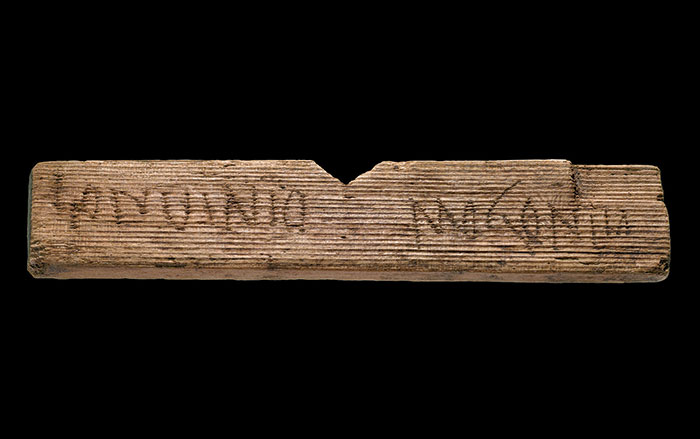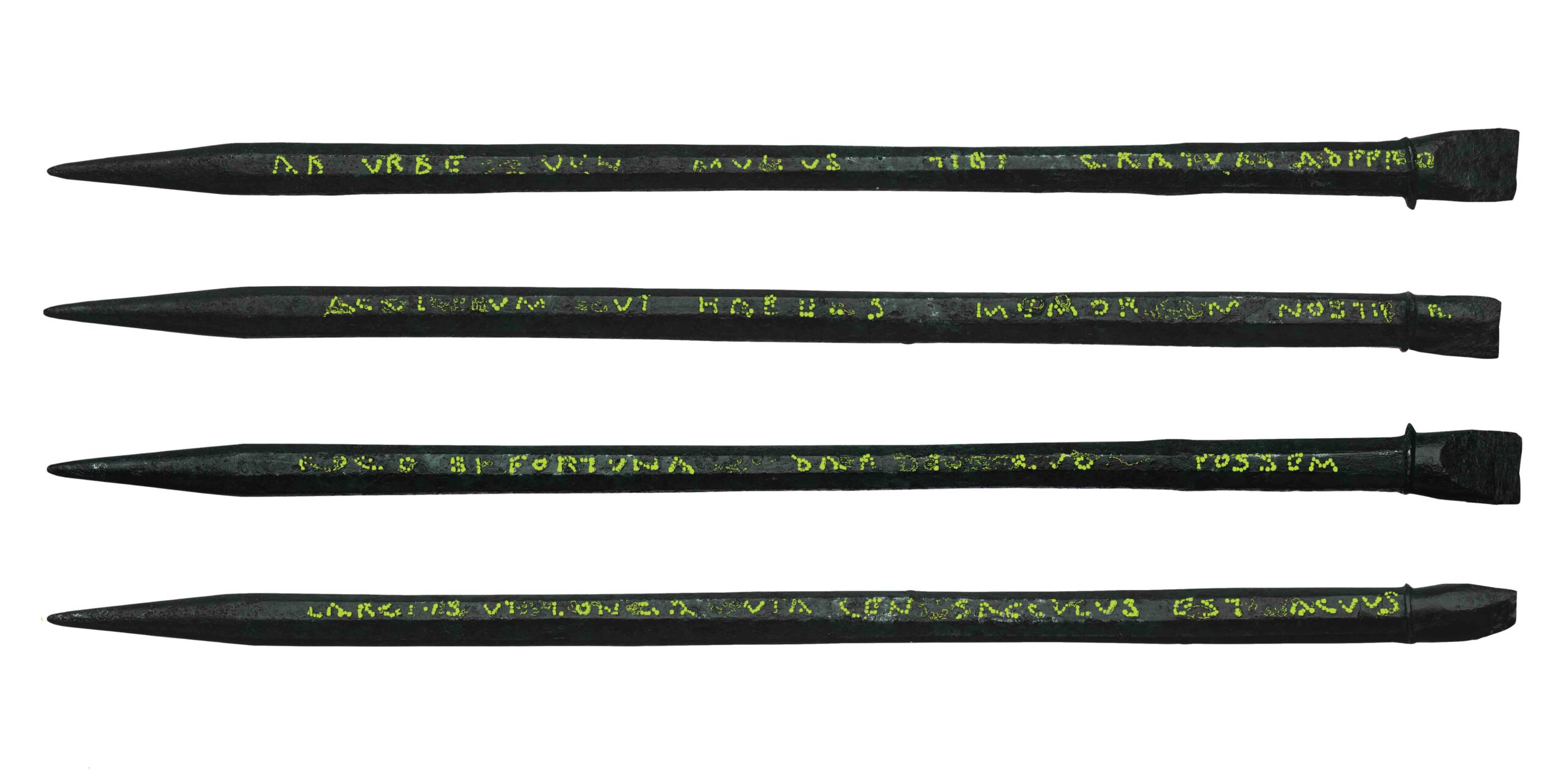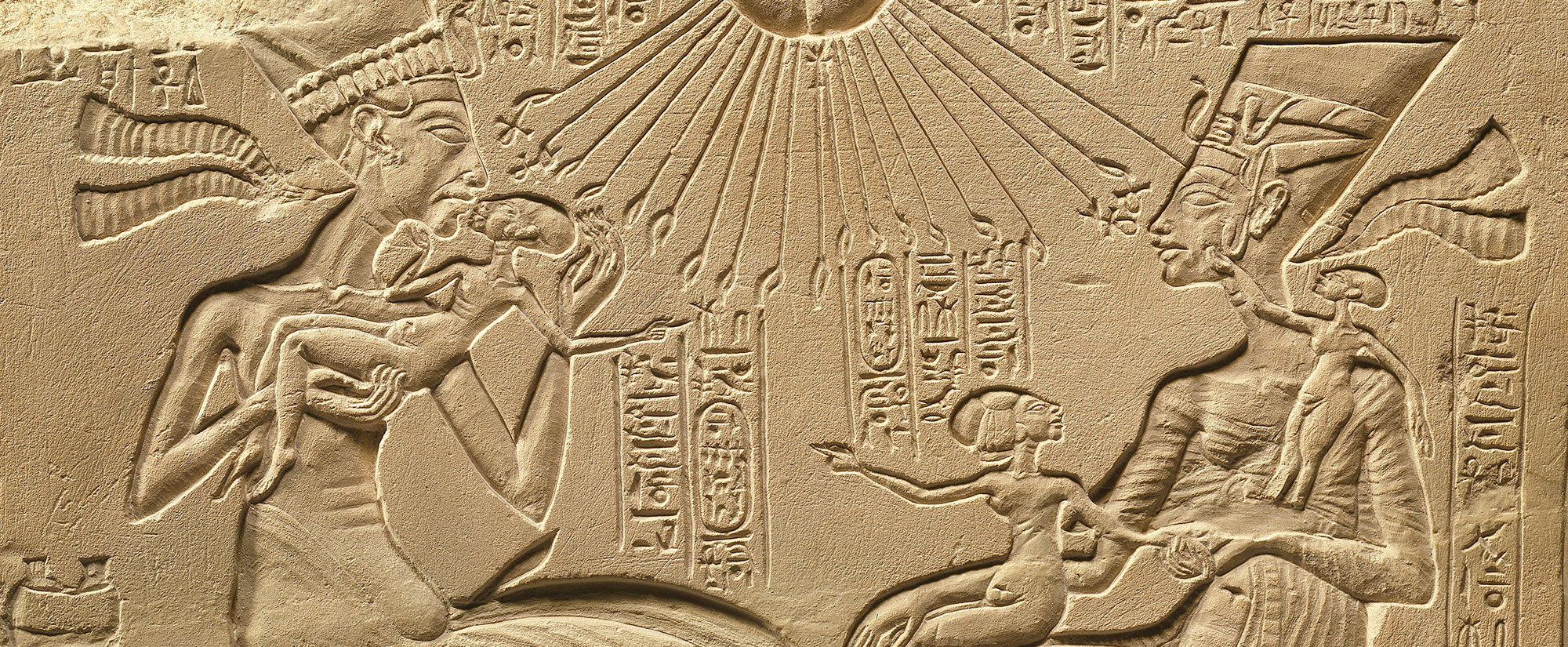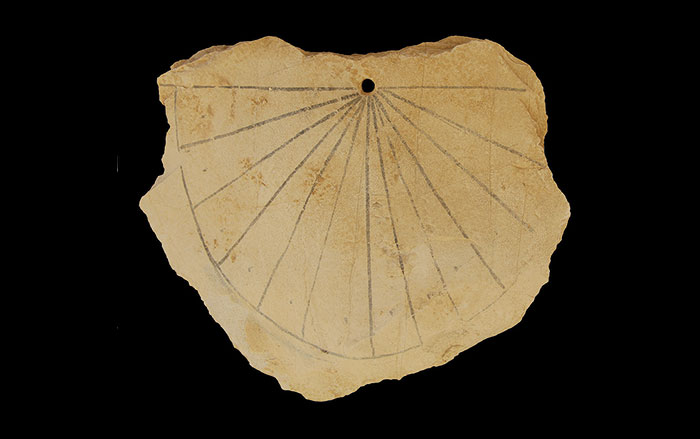
In the heart of modern London, at the site of what is soon to be Bloomberg’s European headquarters, archaeologists from Museum of London Archaeology (MOLA) have revealed one of the city’s most impressive Roman sites. The excavation, next to where the Temple of Mithras was discovered in the 1950s, took six months to complete. Among the remains of timber buildings, fences, wells, and a complex drainage system, archaeologists uncovered some artifacts, dating from A.D. 47 to the fifth century. The remarkable preservation—particularly of organic materials such as wood, leather, and basketry—is due to the site’s location in the valley of Walbrook River, one of London’s lost watercourses. The finds “will transform our understanding of the people of Roman London,” says MOLA’s Sophie Jackson.












